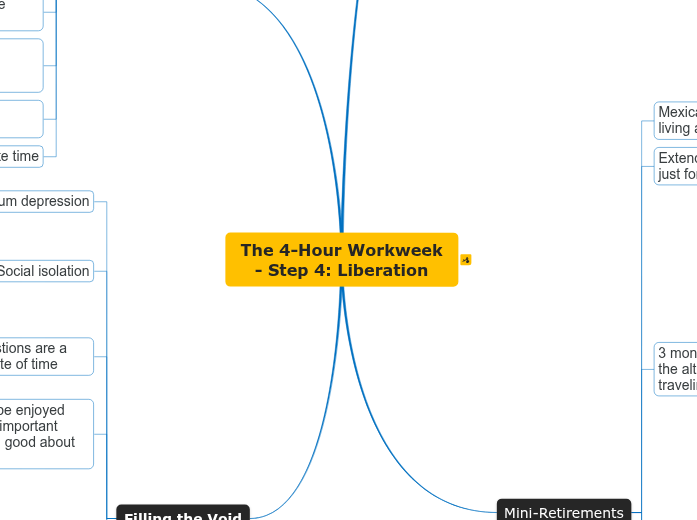da Claudia Han mancano 2 anni
167
Makerspaces
Integrating makerspaces into learning commons involves understanding the community's needs and creating an environment that fosters student engagement and autonomy. This can be achieved by transforming existing spaces, incorporating design thinking into the curriculum, and offering electives that focus on hands-on learning.









